
Bill 15: this ‘blank cheque’ legislation could dramatically change how B.C. approves major projects
Premier David Eby says new legislation won’t degrade environmental protections or Indigenous Rights. Critics warn...
On Jan. 26, Environment and Climate Change Canada made the kind of announcement usually met by widespread approval: $12.8 million toward 27 “Indigenous-led natural climate solutions” across Canada.
It was the latest move by the federal government to support Indigenous conservation, a key pillar of achieving its goal of protecting 30 per cent of the lands and waters in Canada by 2030. More than $1.6 billion in federal commitments have been made to Indigenous-led conservation since 2018.
“In the spirit of reconciliation, the Government of Canada is committed to supporting the leadership of Indigenous Peoples to help conserve ecosystems, protect Indigenous cultures and develop sustainable economies for our collective future generations,” the announcement read.
But among the 27 funding recipients, one has sparked a furious response, particularly from First Nations in Ontario: the Métis Nation of Ontario, which received $1.33 million for “acquiring 40 hectares of wetlands for long-term conservation” as well as “the development of a Métis culture and language camp that will focus on land-based education.” It’s the largest grant by far in this funding round, and the only one awarded to a Métis project.
In its press release about the grant, the Métis Nation of Ontario affirmed its mandate to “protect and preserve the land and waters within our homelands for future generations” and says by funding its project, the government is “supporting the Métis Nation of Ontario in doing just that.”
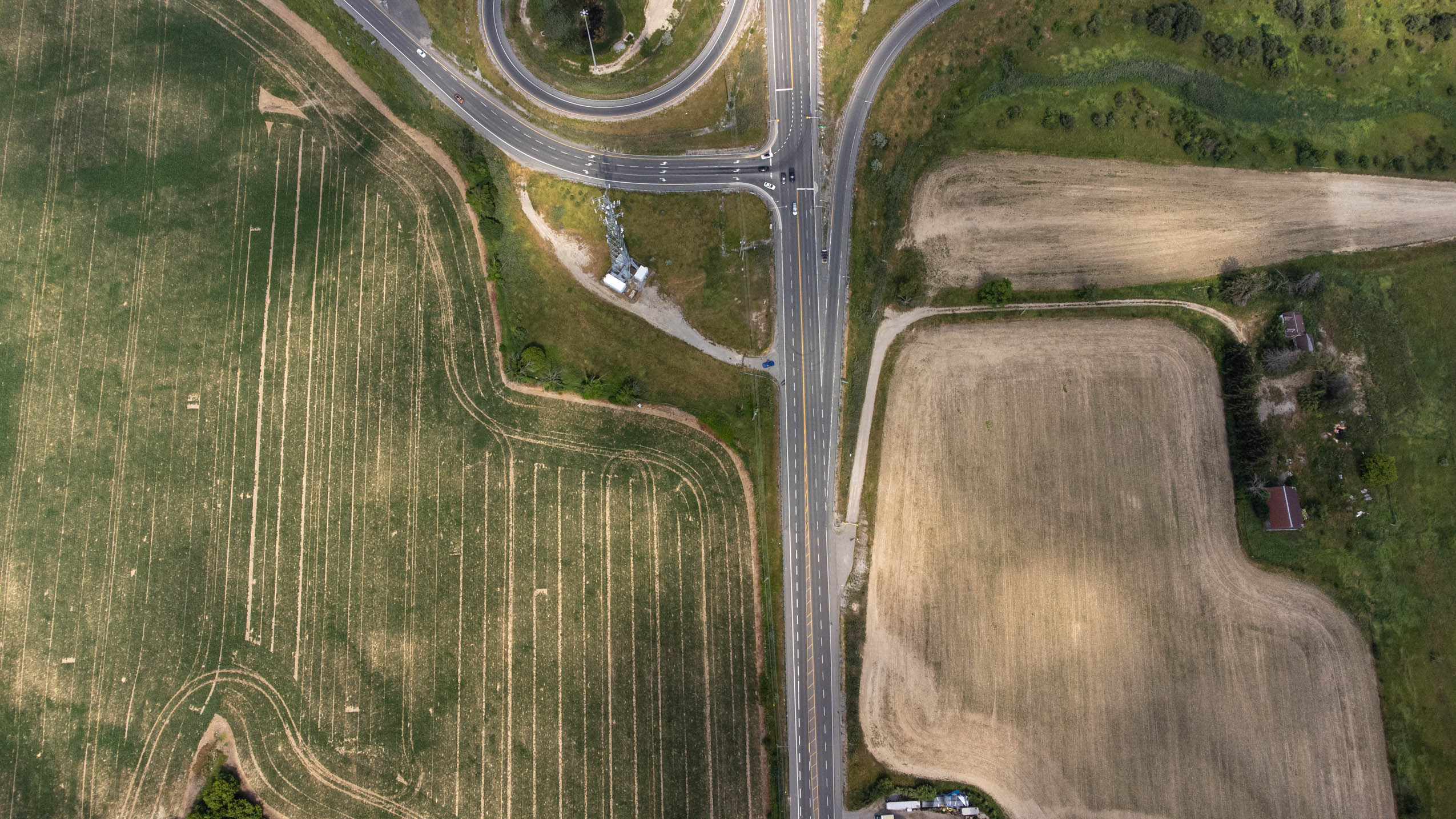
The problem? None of the province’s recognized First Nations believe the Métis Nation of Ontario has any claim to their homelands. On Jan. 30, the Chiefs of Ontario, which supports the province’s 133 First Nations in their assertions of sovereignty and jurisdiction, released a response to the funding announcement that read, in part, “As the Chiefs of Ontario have stated countless times, First Nations in the Ontario region have long opposed illegitimate Métis rights assertions in their Ancestral and Treaty territories.” First Nations have been especially unsettled since the introduction of federal Bill C-53 last year: if it passes, the bill would recognize Métis governments in Ontario, Saskatchewan and Alberta, opening the door to treaty negotiations and other rights.
Funding Indigenous-led conservation has been a popular endeavour for the federal government in recent years: a win-win arrangement that protects the environment and honours Indigenous stewardship of lands and waters. But amid an unsettled national landscape of conflicting, evolving claims, these partnerships to care for the land — and designate its caregivers — carry loaded political weight.
Métis is a French word, meaning “mixed.” The Métis Nation originated in southern Manitoba’s Red River Valley, where French settlers and First Nations people formed a distinct nation with its own language, Michif, and traditions that continue to define and represent their culture.
They’re one of the three Indigenous Peoples recognized in the Constitution Act, along with First Nations and Inuit, with rights under section 35 of the act. However, the act did not clearly define what those rights entail, nor who the Métis are.
“Having mixed blood is not the only thing required to be a part of our nation,” Will Goodon, minister of housing for the Manitoba Métis Federation, told The Narwhal in an interview. “We’re like any other nation. We have our ancestors, our political action, our language, our food, dance, music, clothing.”
Goodon stresses that being Métis is more distinct than just having a First Nations ancestor or being multi-racial. “If your father is Swedish and your mother is Nisg̱a’a, why would you want to give away all the cool aspects of those two cultures and become something completely different? Neither of those cultures plays the fiddle or dances the jig.”
The Métis Nation of Ontario was created as a non-profit organization in 1993 to represent Métis people in the province, and in February 2023 it was recognized federally as an Indigenous government body for more than 20,000 members.
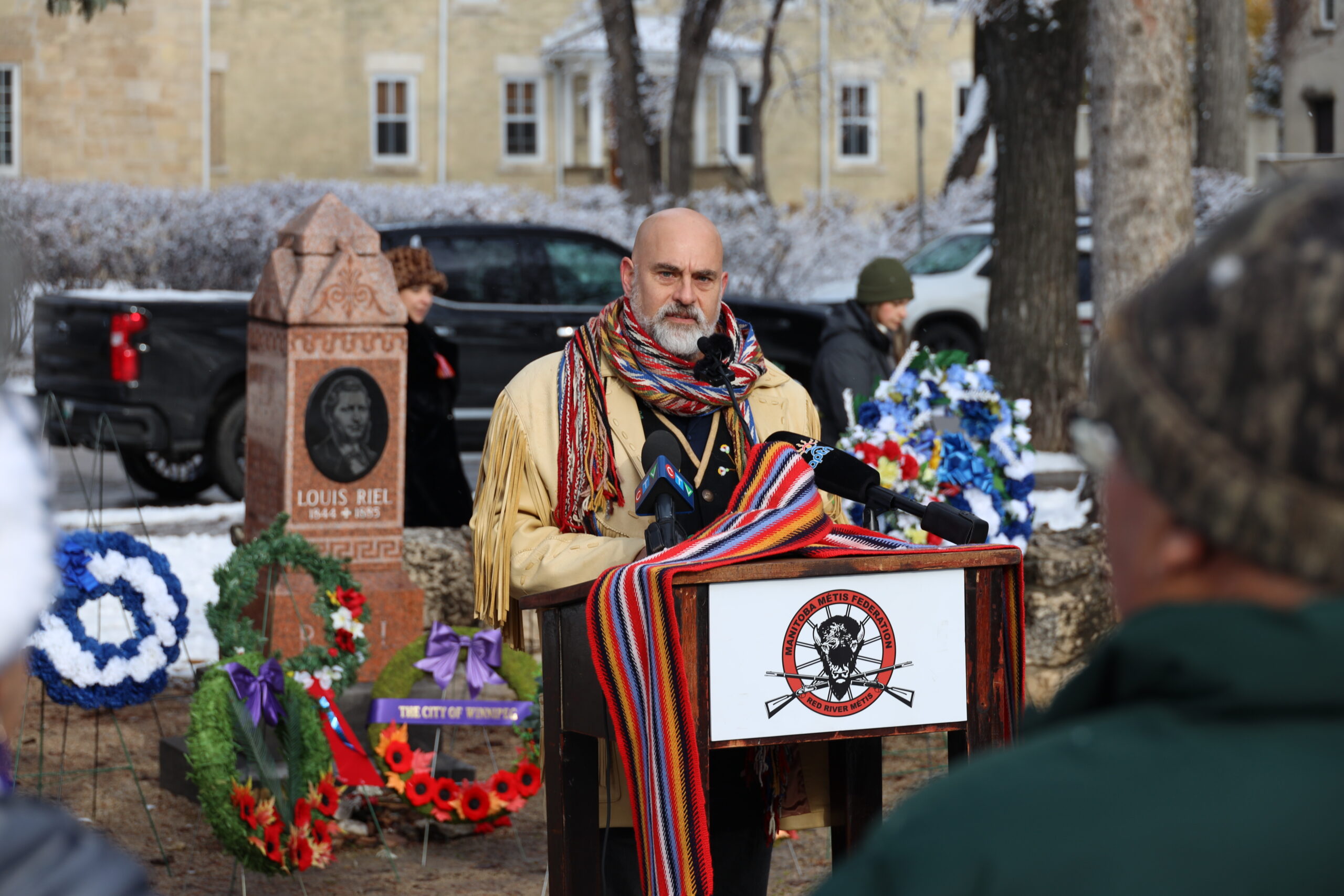
The organization has been instrumental in advancing federal recognition of Métis rights. In 1993, it funded the first major legal case regarding Métis rights, centred on two Métis hunters named Steve and Roddy Powley from Sault Ste. Marie, Ont., who were charged for hunting a moose without a licence. The Powleys argued they were exercising their constitutionally protected right to hunt.
In 2003, the Supreme Court ruled in their favour, and in the process affirmed the rights of Métis community members in the Sault Ste. Marie region. It also created a 10-part “Powley test”, which included three factors for determining if an individual had Métis rights under section 35: self-identification as Métis, ancestral connections to a historic Métis community and current membership in a contemporary Métis community. In other words, it’s not enough to simply identify as Métis on the basis of an Indigenous ancestor — Powley also considers the legitimacy of the community being claimed.
The Powley case gave a sudden tangible value to a Métis identity and, since 2003, a number of organizations claiming to represent Métis communities have sprung up. Though many have filed for federal recognition of their communities, none have successfully met the Powley test. There has also been a dramatic increase in the number of people identifying as Métis, particularly in the eastern provinces. In 2021, 624,220 people self-identified as Métis on the Canadian census, an increase of more than 60 per cent since 2006; more than one in five live in Ontario.
While many have verified ancestral connections and are restoring relationships severed by colonialism, others have seized on a distant ancestor in order to claim what they see as rightful benefits. The label “Métis” has come to be used both by those who trace their heritage to the Red River, and those who are expanding the definition to encompass anyone with some Indigenous ancestry.
As more people lay claim to Métis identity and rights, defining who and what they are becomes more urgent. And many view funding by the federal government, even if it’s tied to conservation, as support for contentious and unsettled claims.
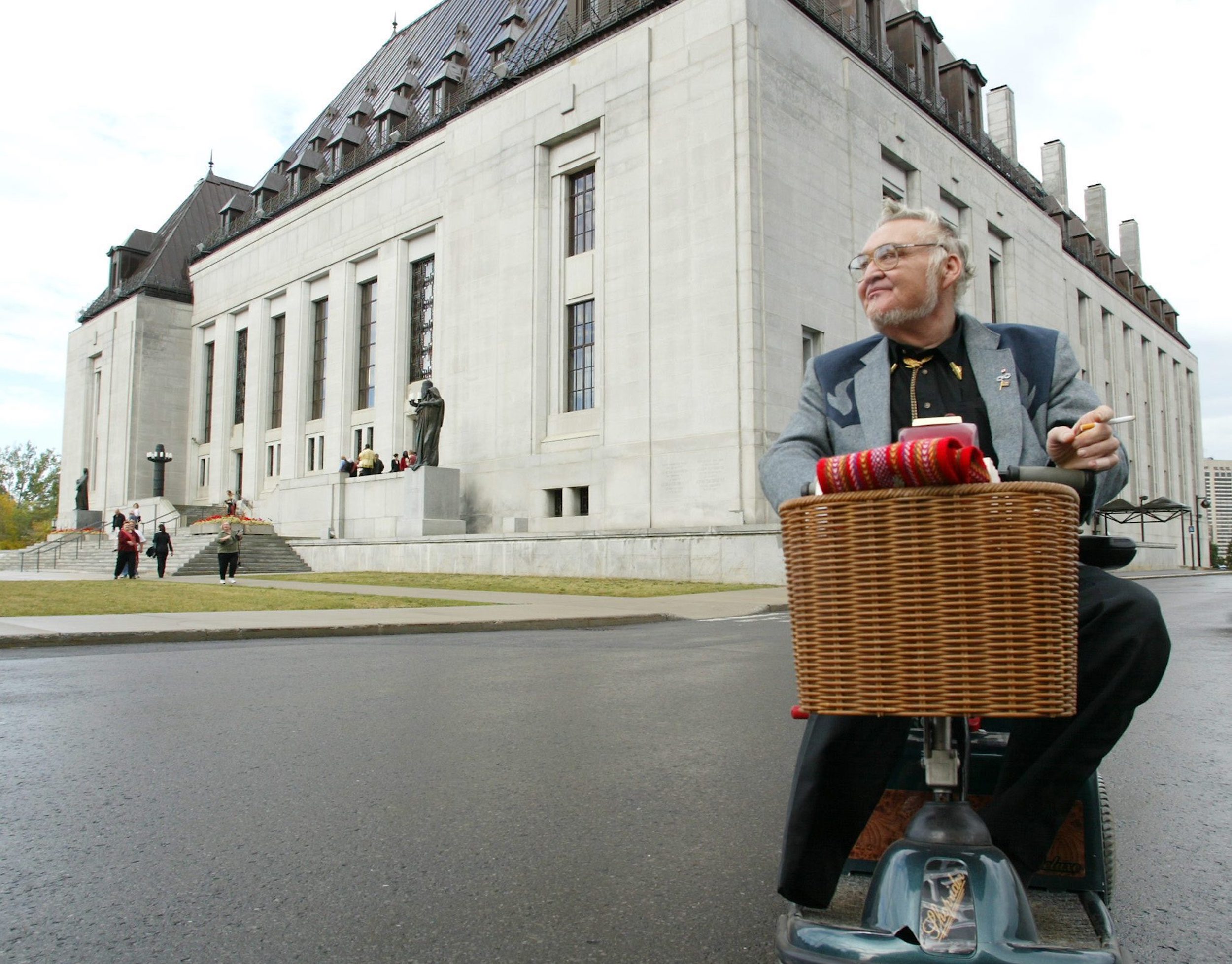
Margaret Froh disagrees. Froh has been president of the Métis Nation of Ontario since 2016, and is a strong voice for rights in the province. “We’ve been known as the ‘forgotten people’ in this country, that’s part of our history,” she says. “We are making progress. We’ve taken on these battles, like the Powley case — which marked its 20th anniversary in September. But it has been a slow process.”
In an interview with The Narwhal, Froh expressed disappointment over the response to the grant, underscoring her members’ commitment to addressing climate change. She acknowledged many Métis Nation of Ontario members do not have the ancestral ties to Ontario communities that would grant them land rights — including herself, since she is from Saskatchewan. She says her organization’s plan to purchase private lands with federal funding is not an assertion of rights, but about the collective responsibility to protect land, even when that land doesn’t traditionally belong to you.
“That concept of stewardship — it’s wonderful if you can do that work in the territory from which you hail traditionally, but our people are doing that work everywhere that they live,” she says, pointing to a water Guardians training program and water-monitoring initiatives as examples of the organization’s efforts. “And we are working to try and empower more and more awareness around water and support citizens in taking an active hands-on approach as stewards.”
But First Nations in Ontario say no matter how the province or the federal government positions these moves, recognition of any Indigenous community in Canada is always about the land.
“One of our chief arguments has always been, Bill C-53 as its been presented to us is not about land. How many times have we been told that? ‘It’s not about land.’ The government is telling us over and over it’s not about land — and yet they’re giving $1.3 million to the same group to buy land,” Jason Batise, a Matachewan First Nation member and executive director of Wabun Tribal Council says.
Regardless of intent, by funding the acquisition of land in Ontario, Environment and Climate Change Canada has dumped fuel on the fiery conflict that was already blazing between the Métis Nation of Ontario and the 133 First Nations in the province.
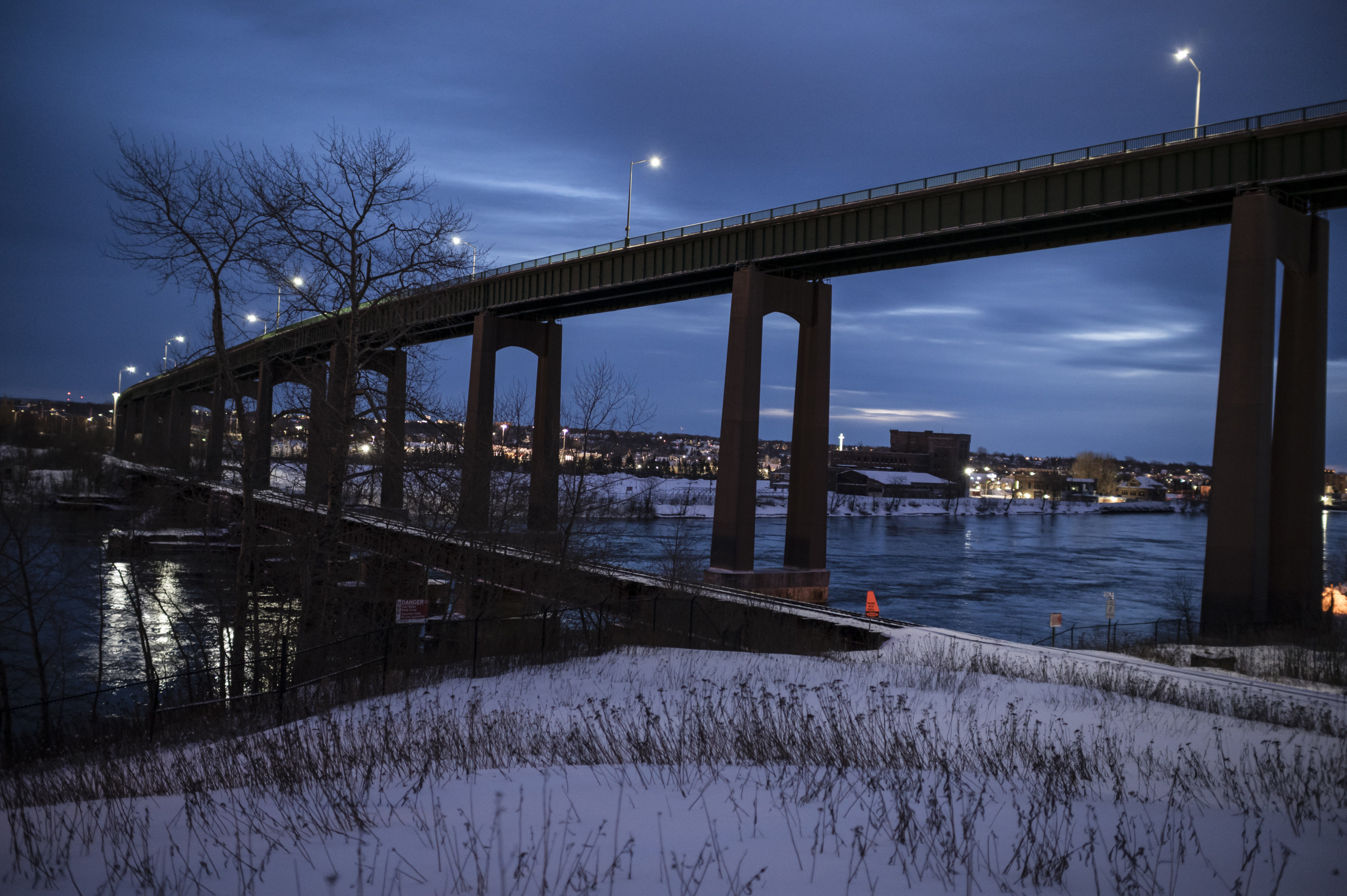
For years, First Nations leaders in Ontario have raised concerns over efforts by the Métis Nation of Ontario to lay claim to their homelands. In 2017, the Ontario government and the Métis Nation of Ontario released a map of “six historic Métis communities,” in addition to the Sault Ste. Marie community affirmed by Powley. At the time, the province stressed the identification of these communities did not determine “who in Ontario is Métis or who holds Métis rights, nor define Métis harvesting areas or territories.”
For Veldon Coburn, an associate professor at McGill University and a member of Pikwàkanagàn First Nation, the announcement of Ontario’s six new communities came as a shock. “There is one [Métis community] right on our territory, and it happens to be the territory in which we’re negotiating the modern treaty,” Coburn says. Pikwàkanagàn, whose reserve is just outside of Ottawa, initiated a treaty process in 1983, which was accepted by the provincial government in 1991 and by the federal government in 1992.
Coburn says the Crown wants the treaty to be finalized by the end of 2024. “The Crown has told us, “We’ve negotiated for 32 years, we want it done,” he says. “Then all of a sudden they’re like, ‘Well, but there’s also a new Indigenous people on your territory.’ We’re like, wait, what? No, there has never been another people on our territory.”
In her conversation with The Narwhal, Froh only cited the Sault Ste. Marie community when discussing Métis rights in the province, but says there is “a long history of relationships between Métis and First Nations” all across the country. While she says many of the organization’s members are from recognized Métis communities in western Canada, the majority identify their ancestry as originating in Ontario, without connections to the Red River Valley. Ontario First Nations argue that their ancestors have been appropriated and recast as Métis, to substantiate the existence of historic communities that they say never existed.
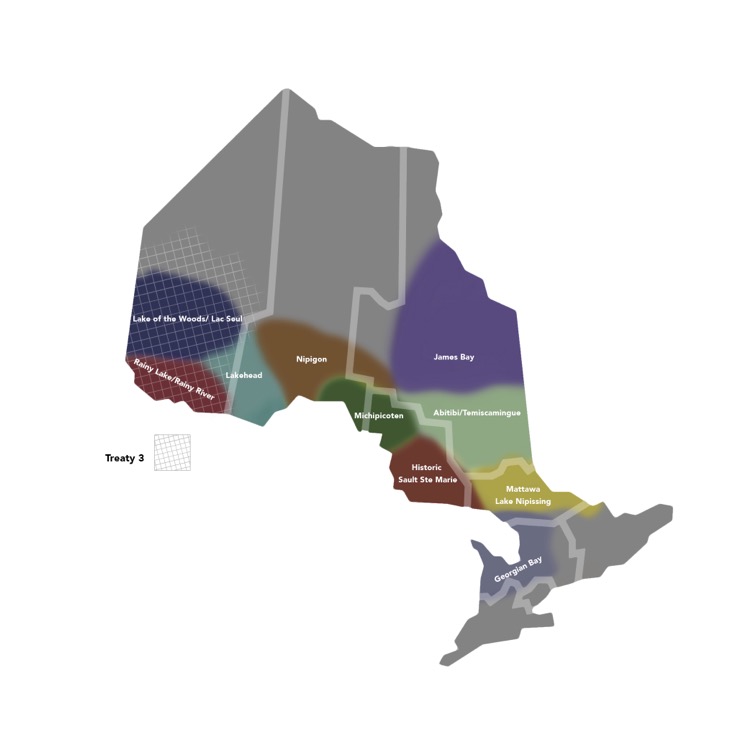
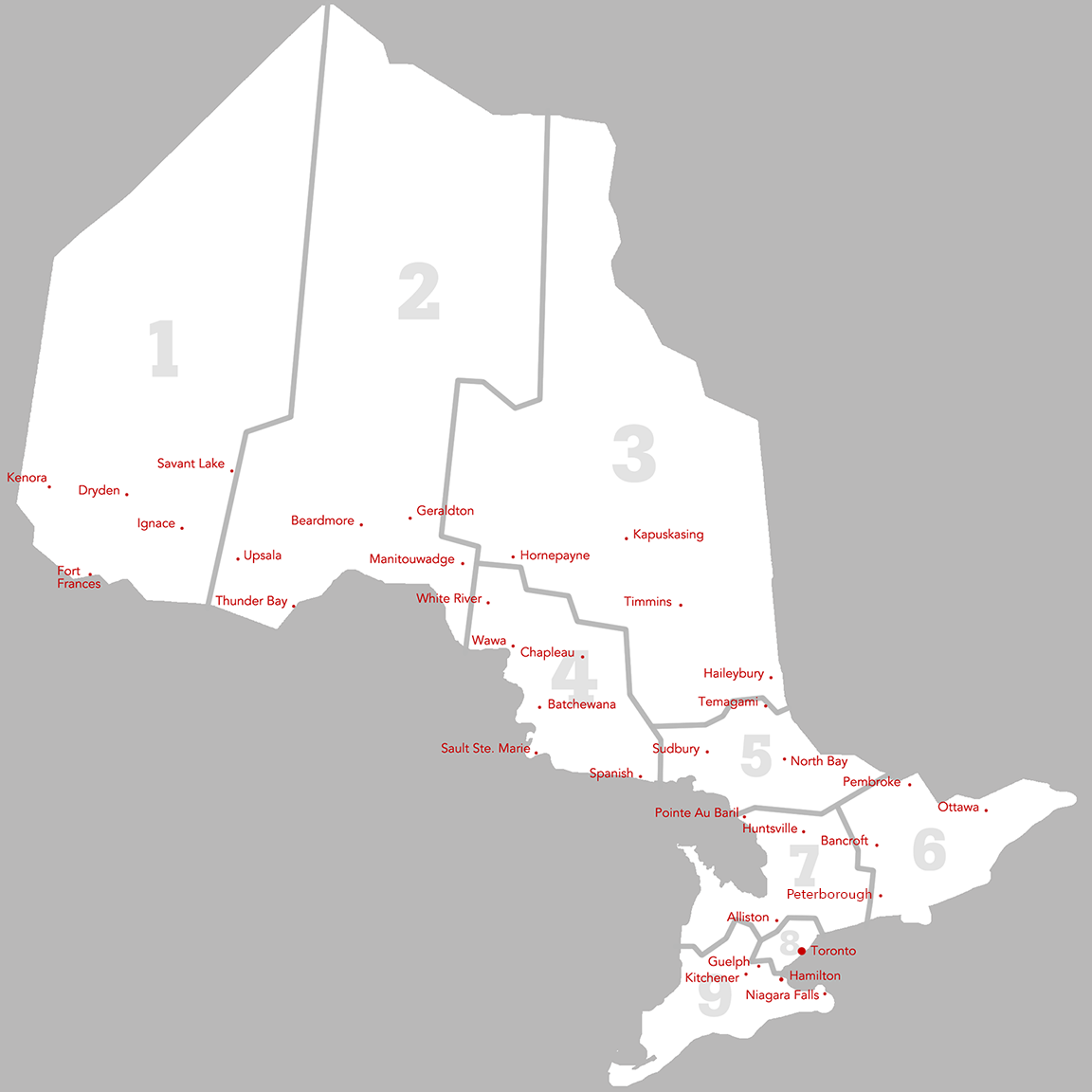
The necessity of Red River links have become a point of contention between groups claiming Métis belonging. In September 2021, the Manitoba Métis Federation left the Métis National Council after disagreements over membership criteria. According to the Winnipeg Sun, the federation alleged the council was granting membership to “people with invalid or questionable claims to Red River Métis citizenship.” Last October, the national council was ordered by the Ontario Superior Court of Justice to pay the Manitoba federation more than $200,000 in legal costs amid an ongoing legal dispute, a conflict that underscores the complicated and contentious nature of claims to Métis identity.
But Canada’s march towards recognizing distinct Métis communities without ties to the Red River Valley has continued in ways First Nations say threaten their sovereign and territorial rights. In 2023, Minister of Crown-Indigenous Relations Gary Anandasangaree introduced Bill C-53 which would mean federal recognition of Métis governments outside of Manitoba.
Anandasangaree has insisted the bill will not impact First Nations rights, telling a parliamentary committee in November that “C-53 is essentially a recognition of the governance of the Métis of Ontario. It does not in any way deal with harvesting rights. It does not deal with land rights.” The bill is set to pass in the House of Commons after a committee report was presented on Feb. 8.
Froh told The Narwhal the bill is about self-government and self-determination. “It’s about how we govern ourselves, and really importantly, how we take care of our children. That is the scope of self-government agreements. There is no land component. That being said, I fully support the concept of protecting land, and of land stewardship being important for all Indigenous Peoples.”
Yet First Nations remain skeptical, and vocally opposed to the basis of the legislation.
On Jan. 19, a week before the conservation funding announcement, the Anishinabek Nation, which represents 39 First Nations in Ontario, released a statement that read, in part, “There are no historic Métis communities in Anishinaabe territories and therefore any [Métis Nation of Ontario] self-government agreement involving lands and resources discussions or processes is illegitimate.” A statement published by Six Nations of the Grand River earlier in January reads, in part, “Canada is not the holder of rights and titles in our territories and does not have the authority to create new section 35 rights-holding entities with ‘jurisdiction’ in our territories without consulting First Nations.”
More than one First Nation is challenging Métis Nation of Ontario claims in court. The Algonquins of Ontario, which represents 10 Algonquin communities, have filed suit against the Ontario government for failing to consult with them before recognizing Métis harvesting rights on their lands. The Métis Nation of Ontario filed for dismissal, but in August 2023, the Ontario Court of Appeal ruled in favour of the Algonquins of Ontario, finding they had grounds to file the case. For Coburn, the victory underscored that the question is one of rights.
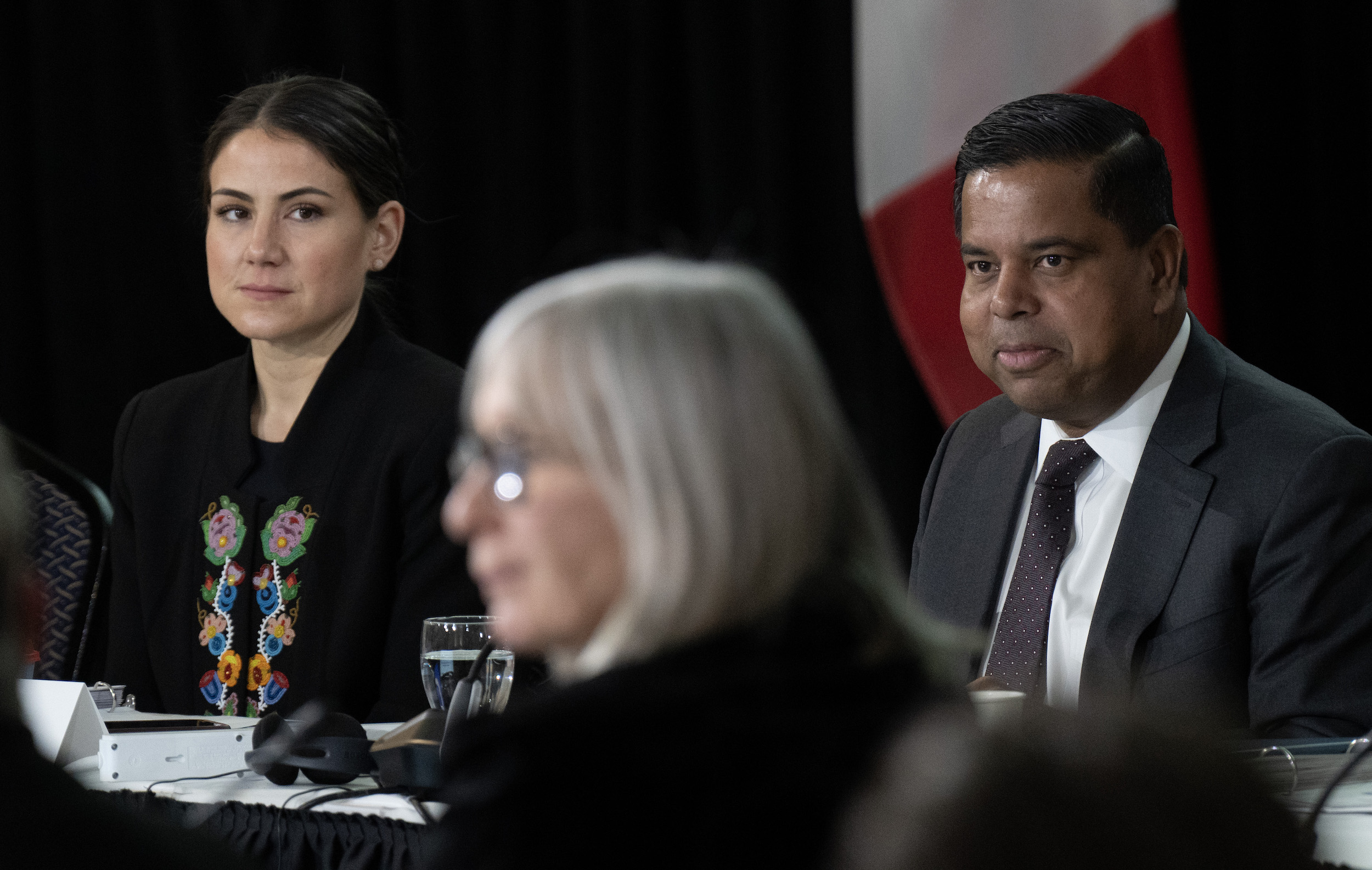
“The Ontario Court of Appeal said, in their decision, what [Algonquins] are doing is not challenging the existence of another Indigenous people. It’s challenging the existence of them being Indigenous to your territory, and them having territorial rights and title,” he says. The court decision also acknowledged that while Powley established Métis rights, there is still an “open question” of how to reconcile Indigenous Rights that come into conflict with one another.
In March 2023, Wabun Tribal Council filed a court case to block the Métis Nation of Ontario’s self-government agreement. The council represents six northern Ontario First Nations, including Matachewan First Nation: in November 2022, Matachewan Chief Alex Batisse wrote in a Toronto Star editorial that his nation was “shocked to learn that Ontario and Canada had taken steps toward recognizing a new ‘historic Métis community’ within our territory.” The chief says the government’s move had led to a group called the Abitibi Inland Historic Métis Community “demanding rights on lands that we are adding to our reserve.”
Jason Batise was also baffled by the announcement. “Chief Alvin Fiddler said it best,” Batise says, referring to the Grand Chief of Nishnawbe Aski Nation, an umbrella group of 49 northern Ontario nations. “He said, ‘We would have known those people. We would have seen their fires, we would have met them on our homelands.’ ”
Even before the “historic communities” announcement, Wabun Tribal Council had commissioned scholar Darryl Leroux to research the ancestry claims of Métis Nation of Ontario members in the Abitibi-Inland settlement. Proving the existence of a defined community of Métis ancestors is a key part of the “Powley test,” in order to affirm legal rights. Powley requires Métis settlements be established prior to “European control” of a region; in its own report, the Métis Nation of Ontario says Métis servants are documented in Abitibi region records from 1790 onward, after the North West Company set up a trading post.
Leroux, a professor at the University of Ottawa, has studied the growing number of self-identified Métis people in Canada and is author of the 2019 book Distorted Descent: White Claims to Indigenous Identity. In his paper for Wabun, Leroux wrote the Métis Nation of Ontario has claimed ancestors who belonged to First Nations, and who never identified themselves as Métis among their ancestors.
Leroux found mixed-race people in the region were historically viewed as Anishinaabe, descendants of a First Nation, not Métis — a position still held by Chief Shelly Moore-Frappier of Temagami First Nation.
“They are using some of our own people in their records as root ancestors,” Moore-Frappier says. A November statement her nation submitted to the House of Commons regarding Bill C-53 noted the Métis Nation of Ontario had depicted Moore-Frappier’s ancestors in its marketing materials.
“In 2019, they used a picture of my family: my great-grandfather, my great-grandmother, and my great-great grandfather and great-great grandmother. And they were calling them Métis,” Moore-Frappier says. “Never were they ever — never did they understand themselves as Métis. They were always Teme-Augama Anishnabai.”
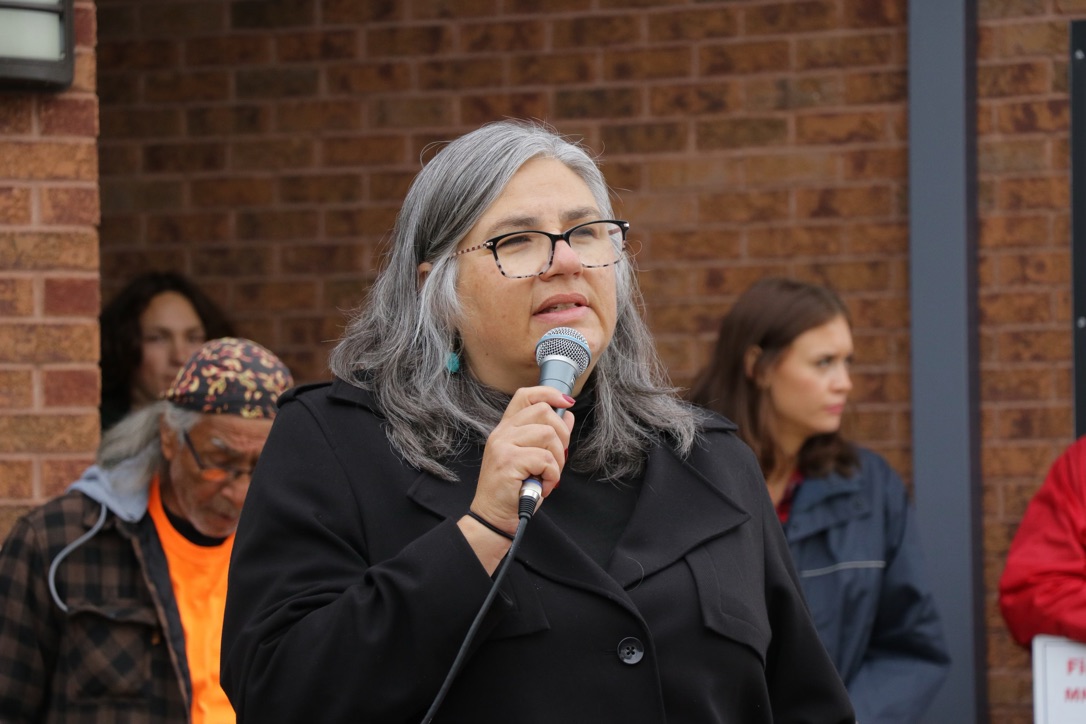
According to Temagami’s statement, federal Indian agents declared mixed-race community members, including Turner, as “half-breeds” in order to remove them from the band list. “The [Métis Nation of Ontario] has conflated “half-breeds” with “Métis” contrary to Teme-Augama Anishnabai law and governance and even contrary to established jurisprudence in R v. Powley,” the statement writes.
When asked about Moore-Frappier’s comments, Froh says, “I think the fact that First Nations and Métis today share some ancestors really shouldn’t be a surprise to anyone. I mean, that’s the reality of the Métis — that we’re descended from First Nations and European ancestors.” Among First Nations and many Métis, this is a controversial claim: while historical records identify many mixed-race First Nations descendants as “halfbreeds” or “métis”, that is not the sole criteria for membership in the Métis Nation, nor is self-identification on the basis of a First Nations ancestor.
Froh did agree that land rights are tied, for Indigenous people, to homelands. “So if your question is, does someone get to take their rights and make assertions to land where they don’t have that tie? The answer to that, in this country, is no. That is not what the law says.” Yet some members of her organization have made those assertions, including one who began building a hunting cabin on Teme-Augama Anishnabai territory in 2018. It’s one of several incidents First Nations members who spoke to The Narwhal cited as examples of what they see as a pattern of attempting to stake land claims despite the absence of legally established rights.
Rights for Indigenous people are recognized by their nations through kinship, and by the federal government through the Indian Act. Batise argues the federal government hasn’t applied the same scrutiny to the Métis Nation of Ontario membership list that it does to people seeking Indian status. To qualify for First Nations status under the Indian Act, individuals must prove they have at least one parent who is a registered member of a recognized nation. The application process can take up to two years and is the same across the country.
In comparison, provincial Métis governments maintain separate registries with different qualification procedures. In March 2023, the Métis Nation of Ontario voted to purge 5,400 people — around 18 per cent of its members — who had been granted membership despite incomplete documentation. In November, Minister Anandasangaree told the parliamentary committee he was satisfied with the Métis registry systems in the wake of this purge. If Bill C-53 passes, Métis Nation of Ontario will have full authority over their membership.
Testimony given at a parliamentary committee by a senior assistant deputy minister in the Crown-Indigenous Relations Department suggests that the federal government has not verified any of the six newly recognized communities identified by the Métis Nation of Ontario according to the Powley test. In December, the federal government said it had not verified the legitimacy of those communities during reviews of Bill C-53, despite the concerns many First Nations leaders have raised about their legitimacy. (Froh has said that it is “simply wrong” to suggest that Canada has not verified the credibility of the Métis Nation of Ontario registry.)
For Moore-Frappier, the perceived double standard is a slap in the face. Starting in the 1970s, Teme-Augama Anishnabai fought heated battles over logging on the territory it calls n’Dakimenan, organizing blockades after Ontario approved a road in 1988. In 1991, the Supreme Court ruled the nation had ceded its lands in the 1850 Robinson-Huron Treaty — which Temagami vigorously disputed signing — nullifying temporary protections on the land.
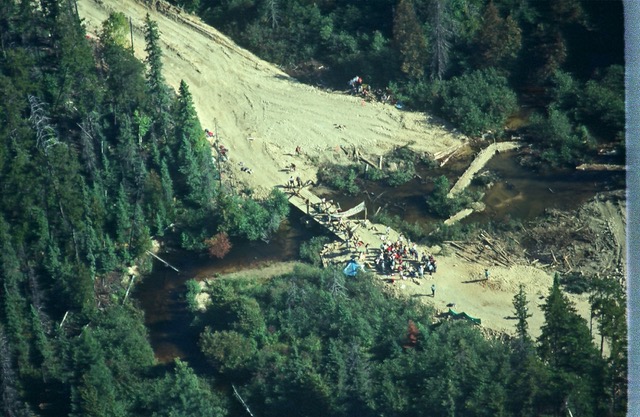
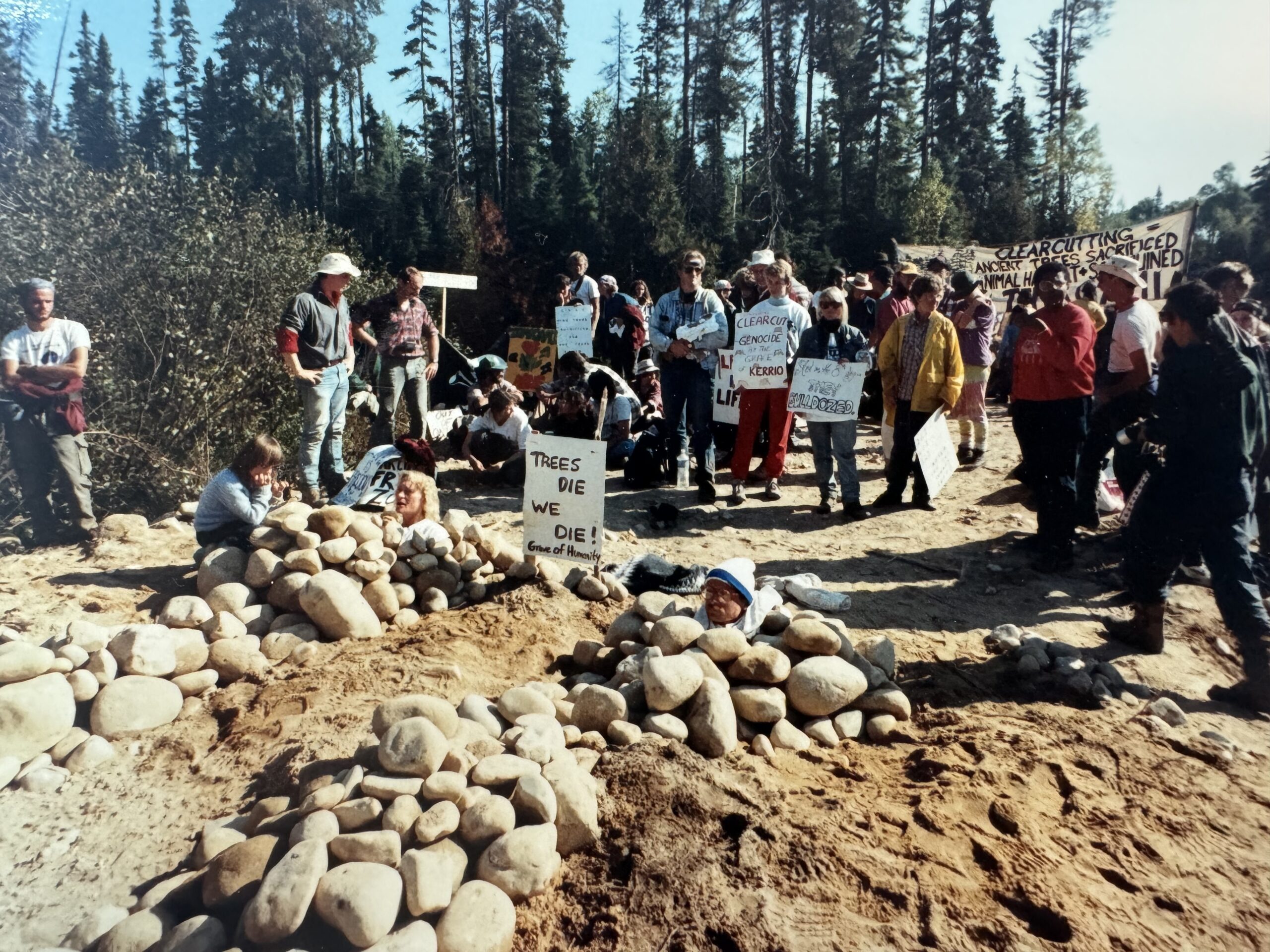
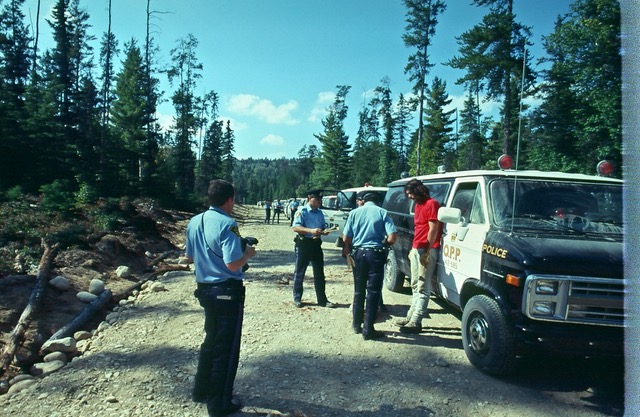
“When we went to court [with] the Supreme Court of Canada and they unilaterally adhered us to the Robinson-Huron Treaty, we had to prove who we were and our connection to this land,” Moore-Frappier told The Narwhal. “We provided material culture, we provided our dialect and how distinct it was, our chief at the time had to sit on the stand and have the Crown grill them on the paternity of our members and citizens. We had to go through all these litmus tests to prove who we were and how we belonged there.”
Crucially, Moore-Frappier adds, Teme-Augama Anishnabai did not bring a list of its members that have official federal Indian status to court. She says their nation has long acknowledged all of its mixed-race members and anyone living with them. “We’ve always maintained that we always took care of our own, and the only Indigenous people to our territory are us, Teme-Augama Anishnabai.”
“So there is no question of Métis in our territory, because we naturalized everyone who was here as Teme-Augama Anishnabai.”
According to the Environment and Climate Change Canada website, the Indigenous-led Natural Climate Solutions program provides funding to “Indigenous Nations, communities, governments and representative organizations.” Under the 10-year program, $76.9 million has been allocated to Indigenous Peoples, a commitment which “further supports the Government of Canada’s commitment to Reconciliation.”
The latest round of funding was directed to Indigenous initiatives that aim to “conserve, restore and enhance land management of wetlands, peatlands and grasslands to store and capture carbon while benefiting biodiversity, climate resiliency and human well-being.”
In a quote included in Environment and Climate Change Canada’s announcement of the funding, the Métis Nation of Ontario shared its purpose: “To protect and preserve the land and waters within our homelands for future generations.”
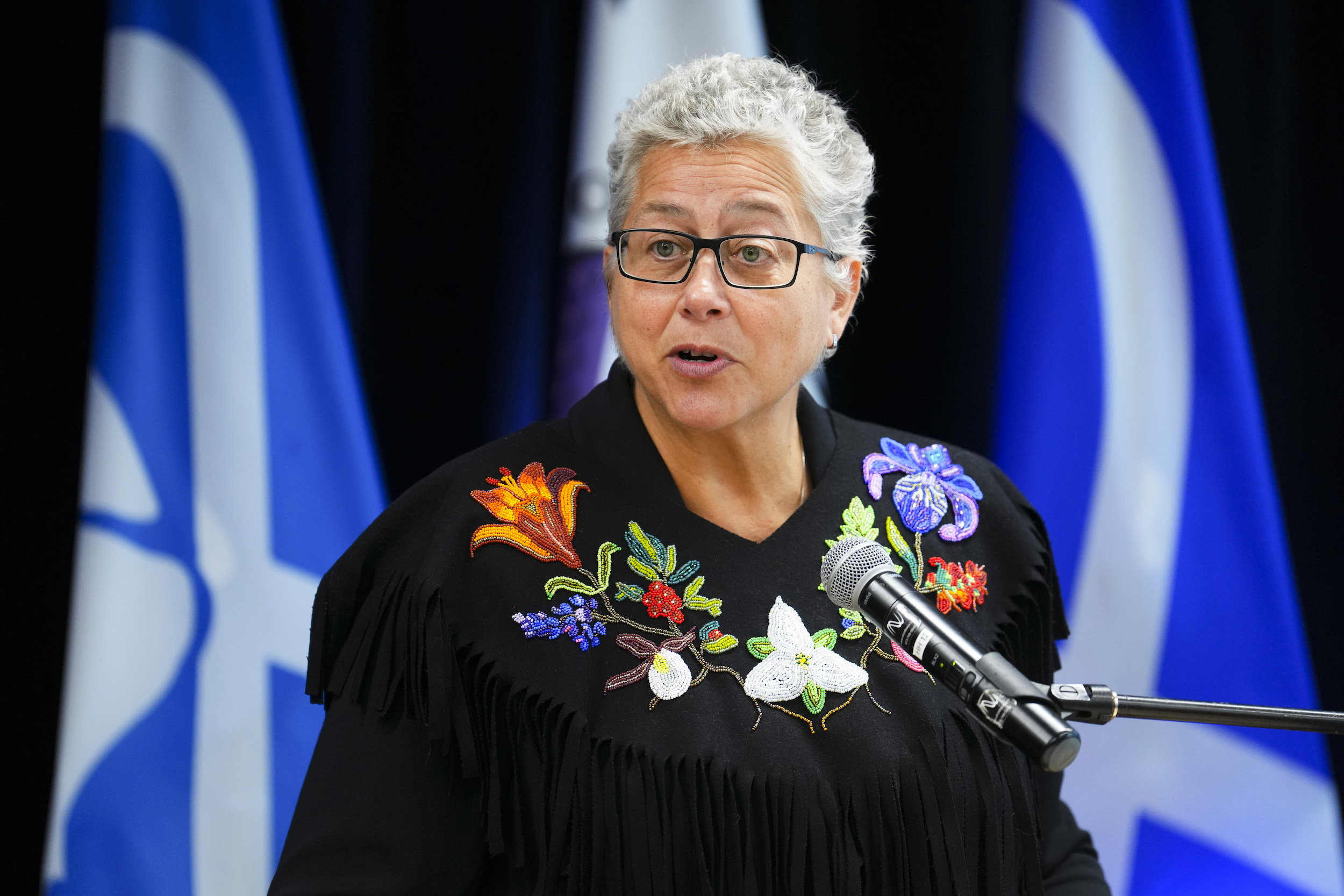
The statement also said, “In rapidly urbanizing areas, such as the Greater Golden Horseshoe where the Sofgardé la Tèr Project is located, it is becoming increasingly difficult for Métis citizens to access land.” Multiple First Nations have Treaty Rights in the part of southern Ontario referred to as the Greater Golden Horseshoe, including Six Nations of the Grand River, Mississaugas of the Credit, Mississaugas of Scugog Island, Chippewas of Georgina Island, Hiawatha, Curve Lake and Alderville. The newly identified Georgian Bay Historic Métis Community is the only one located near the Greater Golden Horseshoe.
Froh told The Narwhal the precise location of the wetlands has not been settled because the group is still “a ways away” from finalizing the purchase, but says the Métis Nation of Ontario is looking at “an area that falls within a territory where there is a historic Métis presence.” By email, Environment and Climate Change Canada told The Narwhal “Applicants must provide a map of the area where they plan to conduct the work laid out in their application. [Métis Nation of Ontario] provided a map with their application, as requested.”
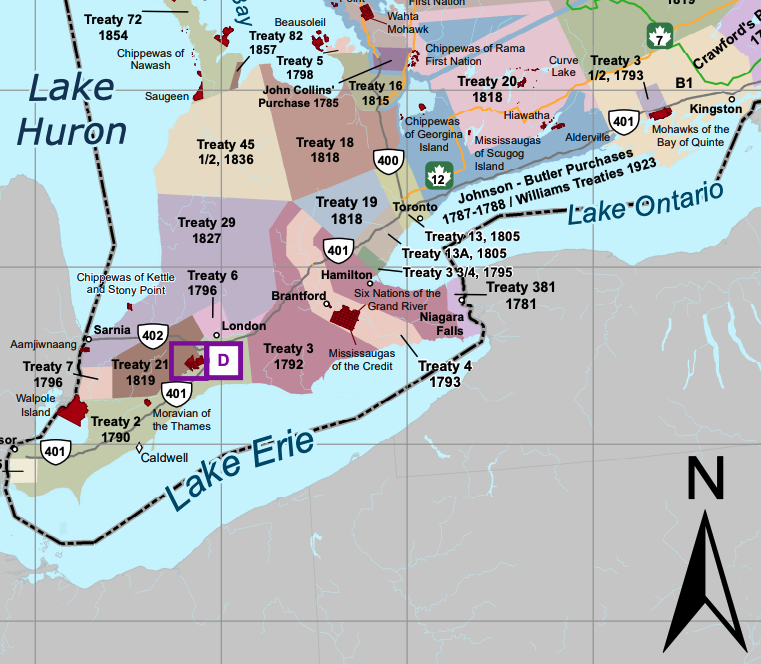
When asked if the Métis Nation of Ontario plans to consult with First Nations whose homelands surround the wetlands, Froh replied, “We’ll have to think about that a bit more.” There is no duty to consult, she emphasized, because the lands are private. “But certainly some of the things that we have talked about, as we’re talking about these [climate change] initiatives, is how wonderful it would be if we could work with other Indigenous Peoples in those territories to have the land accessible in some way.”
For Batise, the distinction between private and Crown land is meaningless, and the duty to consult is paramount. “Private lands mean nothing to the First Nations when public projects are involved,” he told The Narwhal by email. “Métis Nation of Ontario and Canada have embarked on a land-based exercise with a self-proclaimed ‘Métis government’ who, in our view, have no rights to land-based initiatives under that moniker.”
Froh says Métis communities have been around “for a very long time,” pointing again to the Supreme Court recognition of the Sault Ste. Marie settlement as having emerged in the mid-17th century.
Indigenous-led conservation funding has been positioned by the federal government as an act of reconciliation, one that recognizes and affirms the historic presence of Indigenous people on the land. To date, more than 100 Indigenous communities have received federal funding to acquire or protect land.
“Indigenous Peoples in Canada have been environmental stewards of their traditional land, ice and water, and are the original leaders in sustainable development and natural resource management. That is why the Government of Canada is committed to working in partnership with First Nations, Inuit and Métis to support Indigenous leadership in conservation,” reads one recent announcement. Many of the federal government’s initiatives on Indigenous-led conservation have reinforced Indigenous governance and sovereignty over their territories, such as Indigenous Protected and Conserved Areas and Indigenous Guardians programs.
Despite that emphasis on historical stewardship over ancestral homelands, Environment and Climate Change Canada told The Narwhal simple land purchases, which are eligible for Indigenous-led natural climate solutions funding, “do not relate to or impact land claims.”
“Funding supports First Nations, Inuit and Métis Nations, communities and organizations to build capacity and to undertake on-the-ground activities for ecological restoration, improved land management and conservation,” Environment and Climate Change Canada wrote in an email to The Narwhal. “The criteria used to select [Indigenous-led natural climate solutions] projects do not involve rights determination, nor does eligibility require a credible claim to land-related rights.”
Métis Nation of Ontario has also been consulted by government and industry on development projects, something First Nations leaders see as an inherent contradiction.
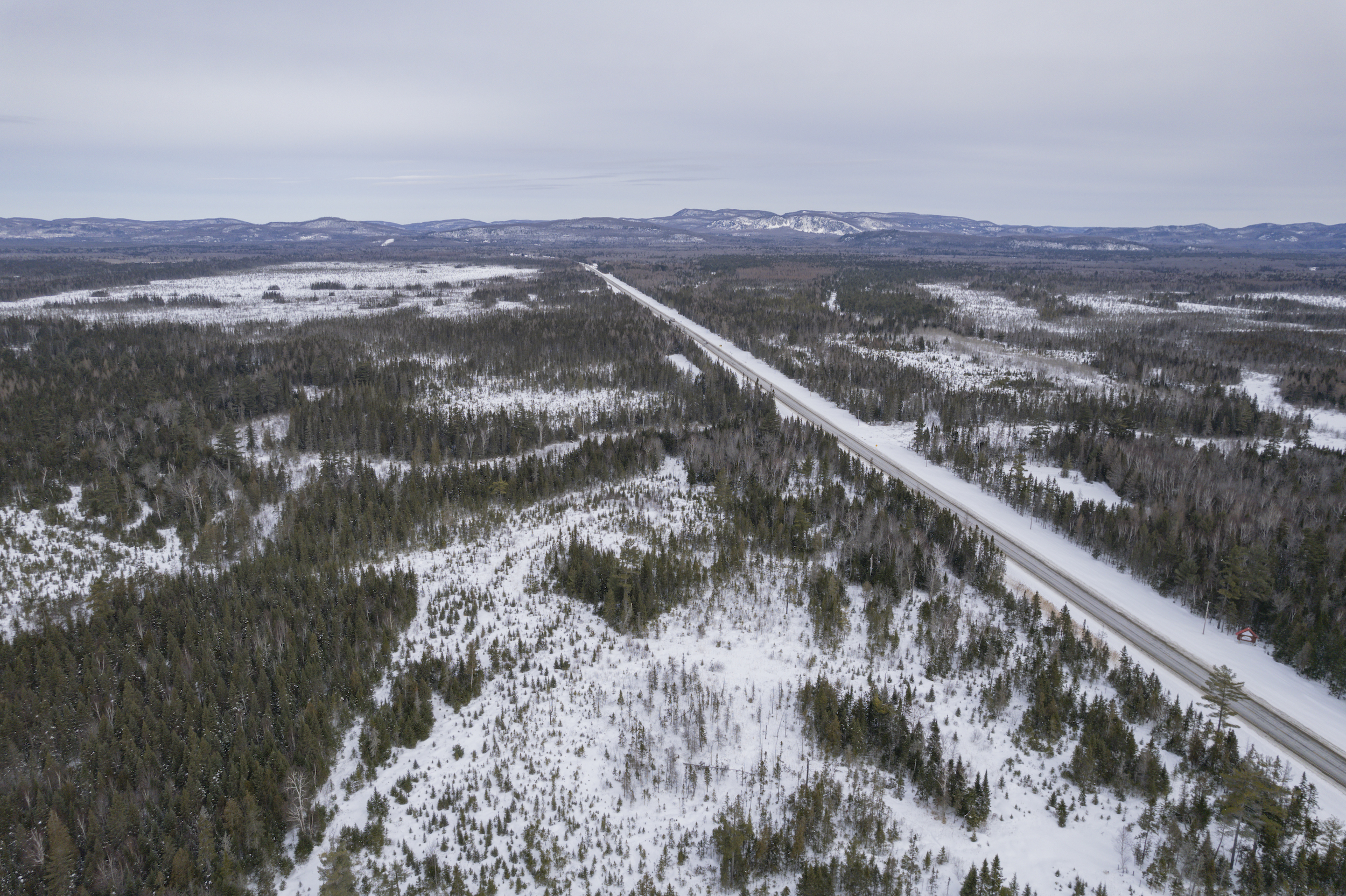
In 2021, Windspeaker reported that the federal Nuclear Waste Management Organization consulted with Métis Nation of Ontario in 2021 over a proposed waste storage site. In the story, Jesse Fieldwebster, manager of the lands, resources and consultations branch of the Métis Nation of Ontario, said his group received funding for “Traditional Knowledge studies” from the organization. And in 2022, Generation Mining and the Métis Nation of Ontario announced a consultation agreement for the Marathon Palladium Copper Project in northwest Ontario, focused on “establishing a mutually beneficial relationship, engagement, participation and social and economic opportunities.”
“If it’s not about land, then why do we have to consult them on resource projects?” Batise asks.
Moore-Frappier raises a similar concern, pointing to the intent of Bill C-53 to lay the groundwork for negotiating treaties. “How can you make a treaty without land?” she says. “There is no nation, to have a nation you need land.”
For Moore-Frappier, that contradiction demonstrates a lack of understanding on behalf of the Canadian government.
She says First Nations have land rights because of their long history, which ties their identity to a specific place, something she says the Métis Nation of Ontario is lacking. “Because as I understand myself as an Indigenous person, it’s both our connection to land and kin. And they don’t have that connection to land. We make decisions, and we have that right because we’ve been here for thousands of years — not 150.”
“There is no one in Ontario, except First Nations, with rights to land,” Moore-Frappier says. “When you start to use the term ‘Indigenous,’ it becomes, you know, we have to deal with everybody.”
“To me, it’s liberal feel-good reconciliation, in regards to trying to do right by Indigenous,” she adds. “But they don’t understand the legacies and the people who are actually tied to the land.”
Get the inside scoop on The Narwhal’s environment and climate reporting by signing up for our free newsletter. On a warm September evening nearly 15...
Continue reading
Premier David Eby says new legislation won’t degrade environmental protections or Indigenous Rights. Critics warn...

Between a fresh take on engagement and our new life on video, our team is...

The public has a few days left to comment on Doug Ford’s omnibus development bill....
